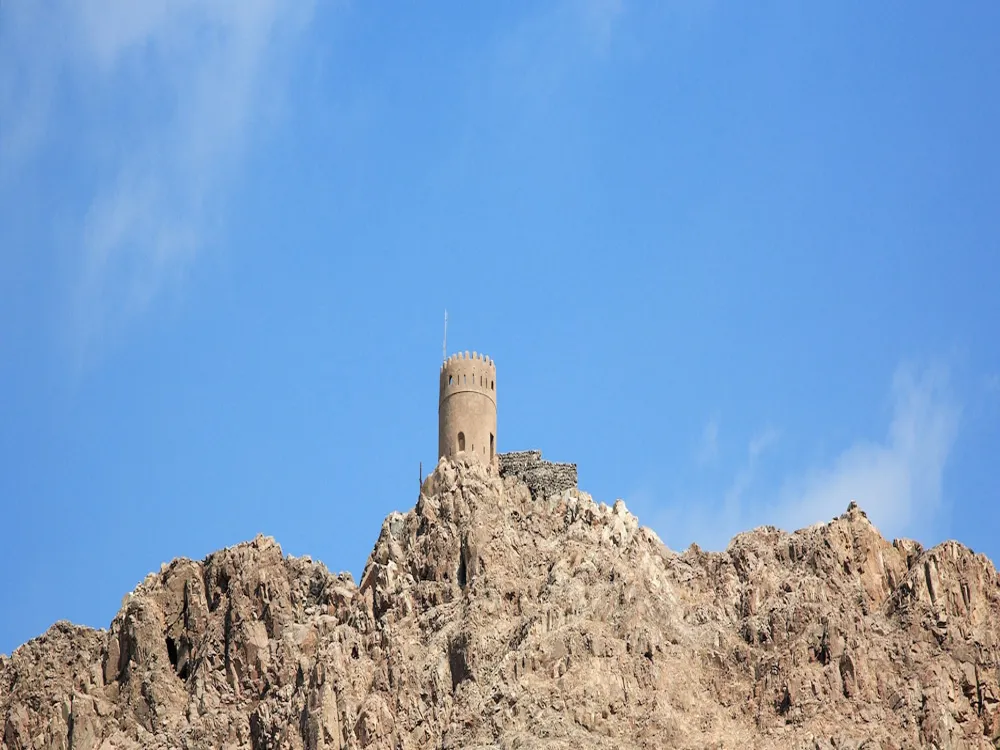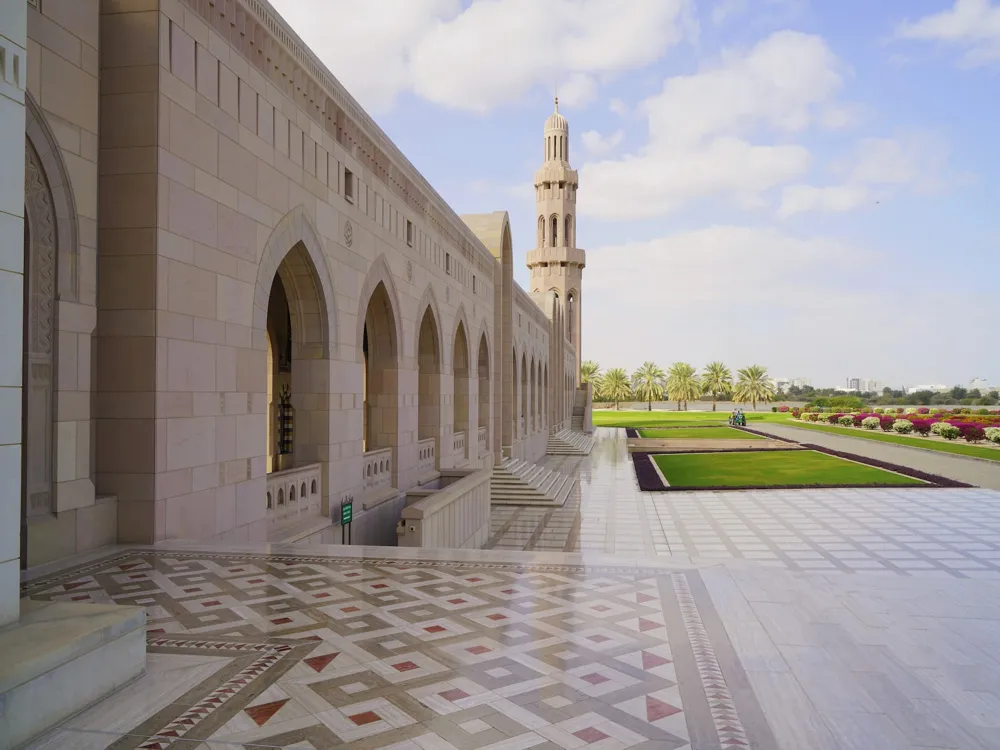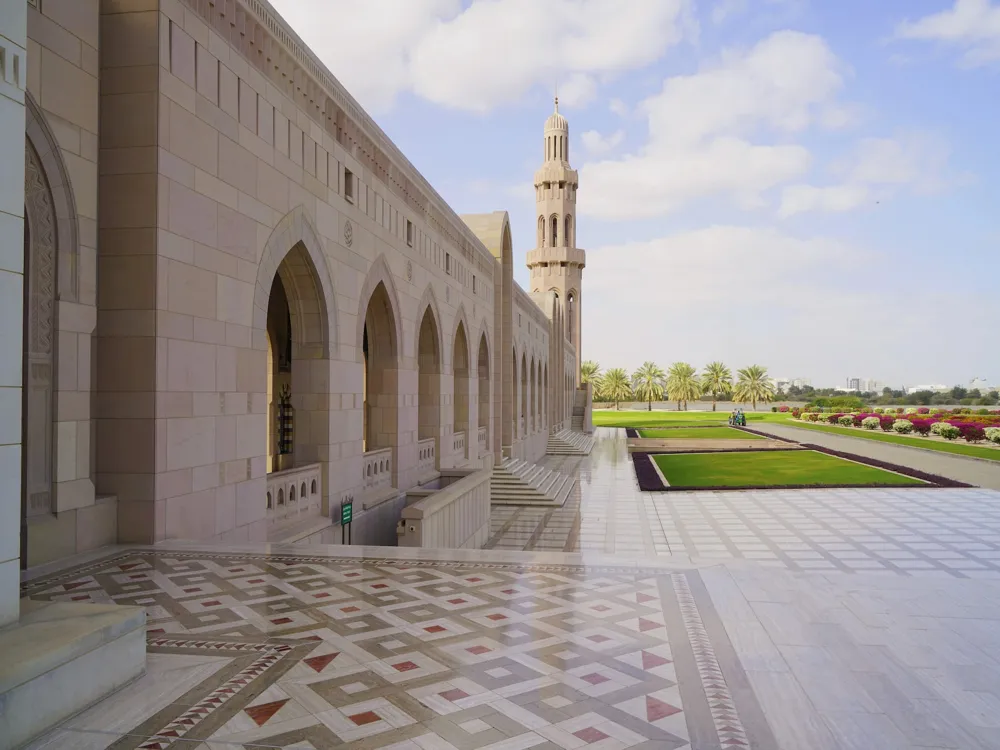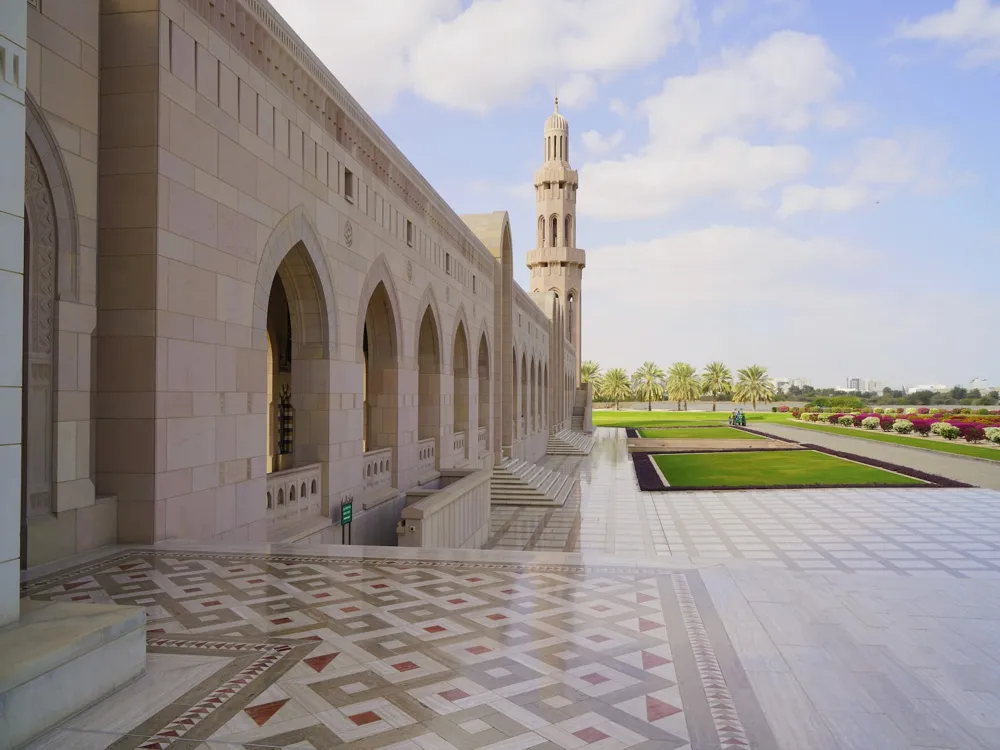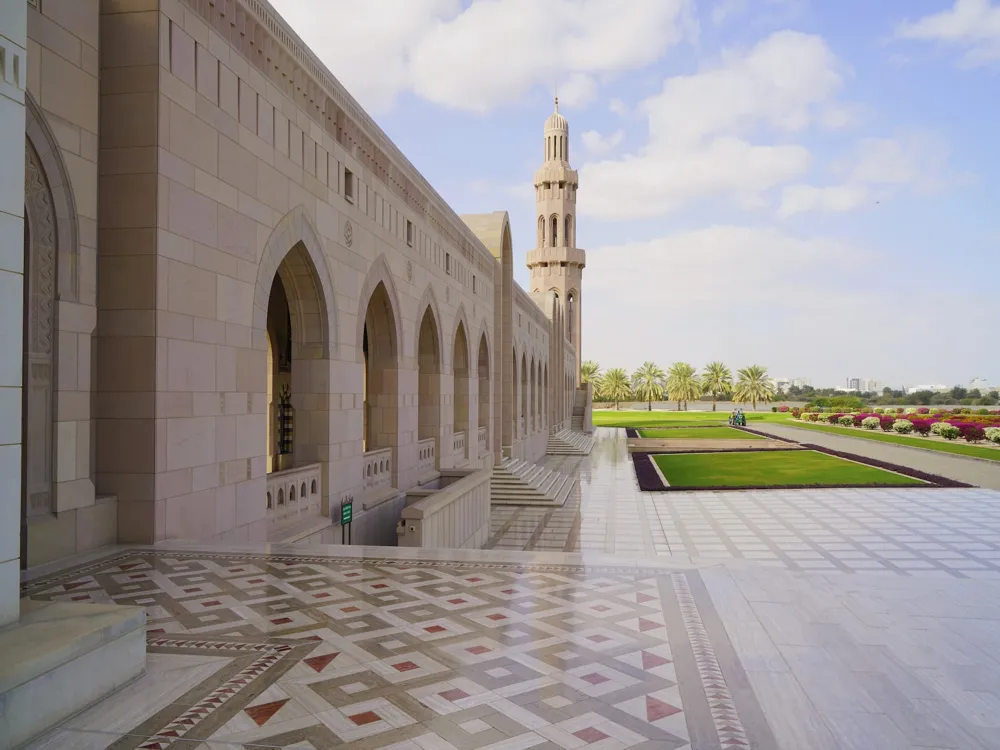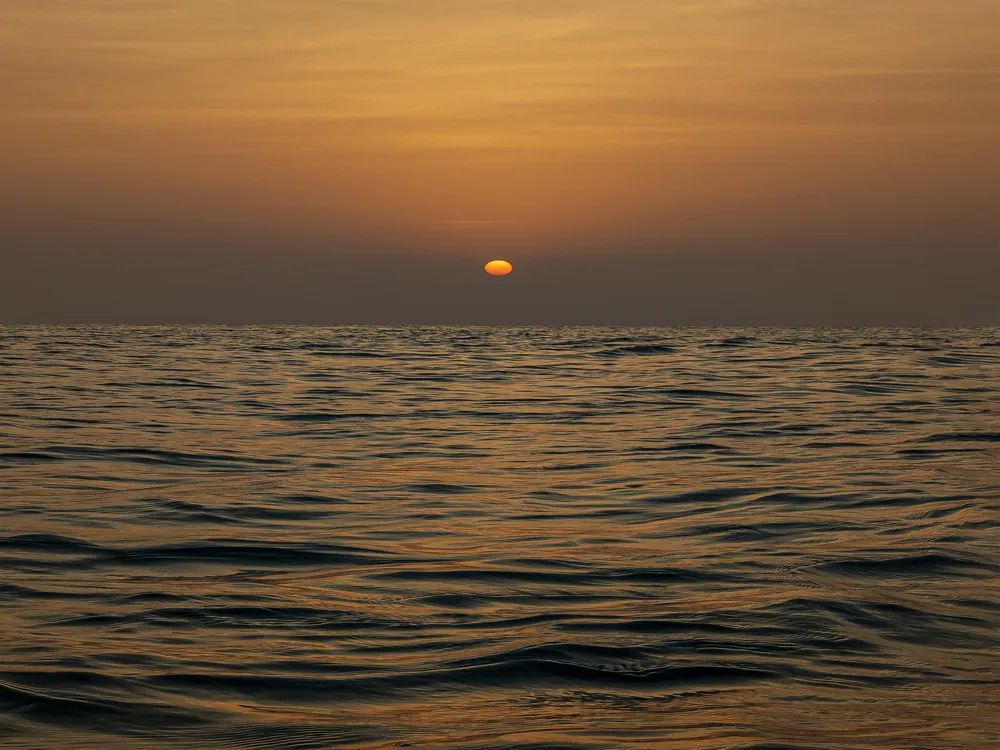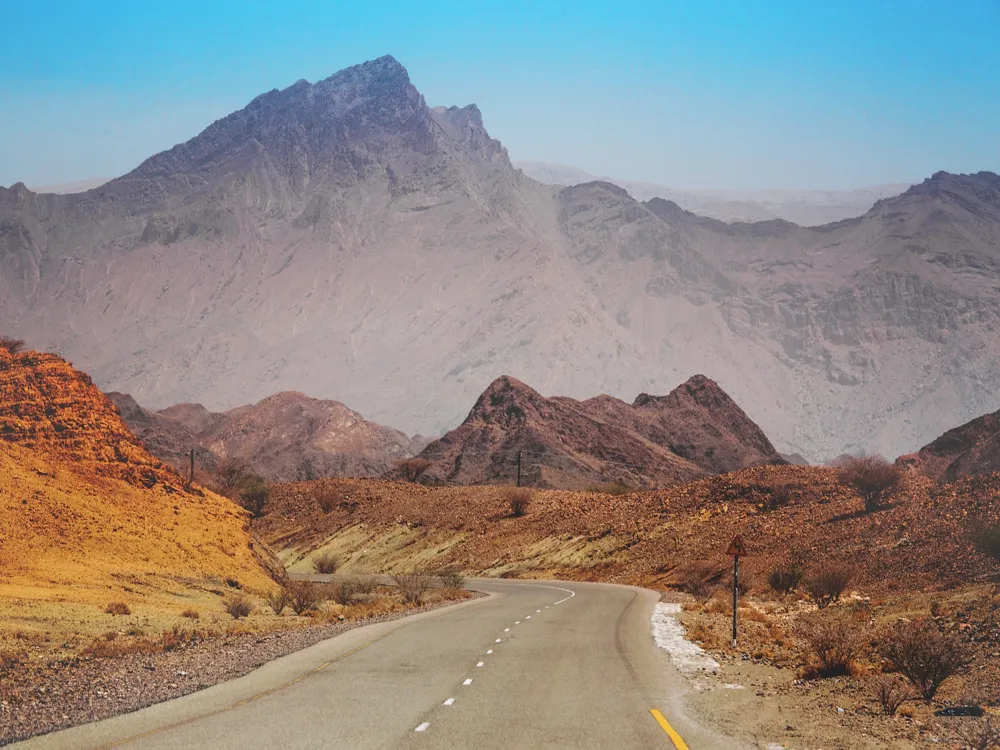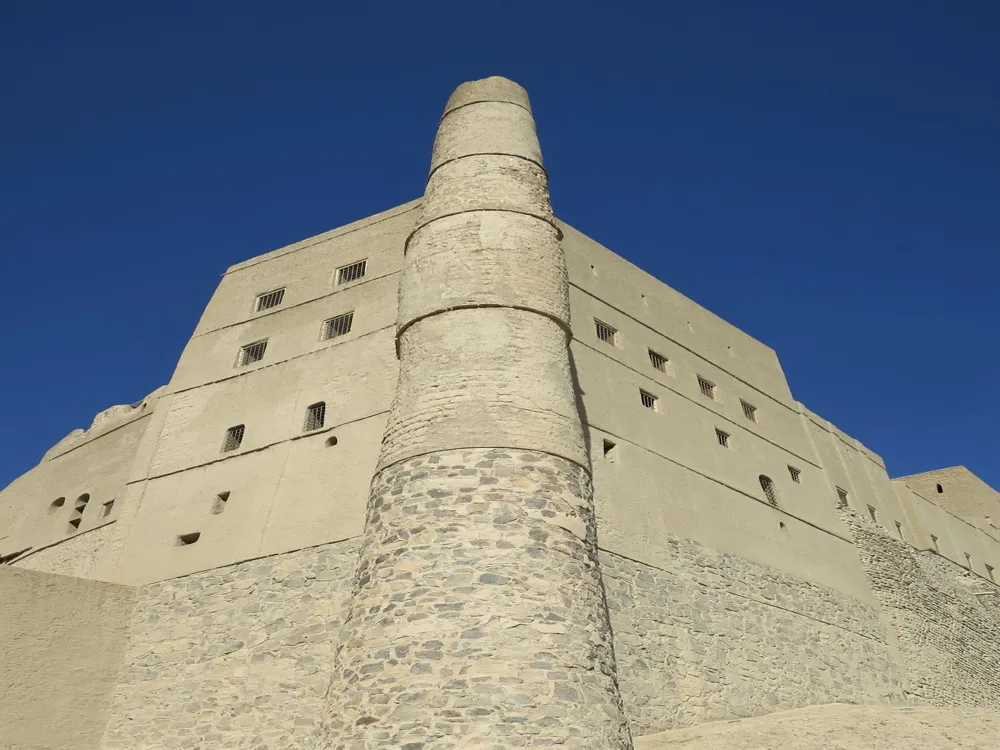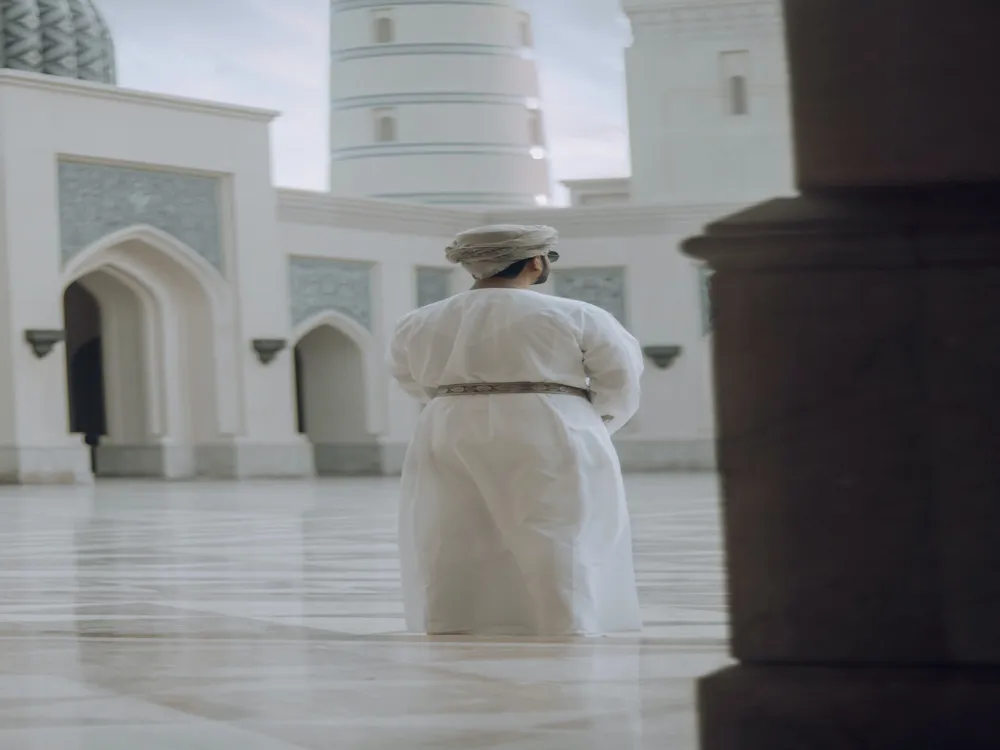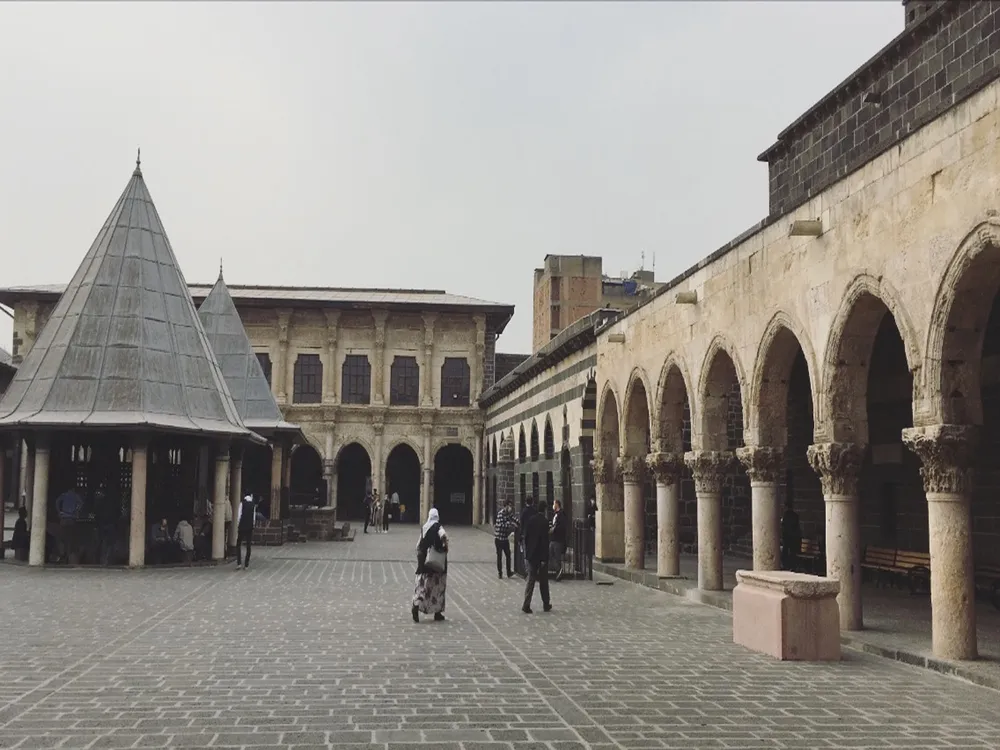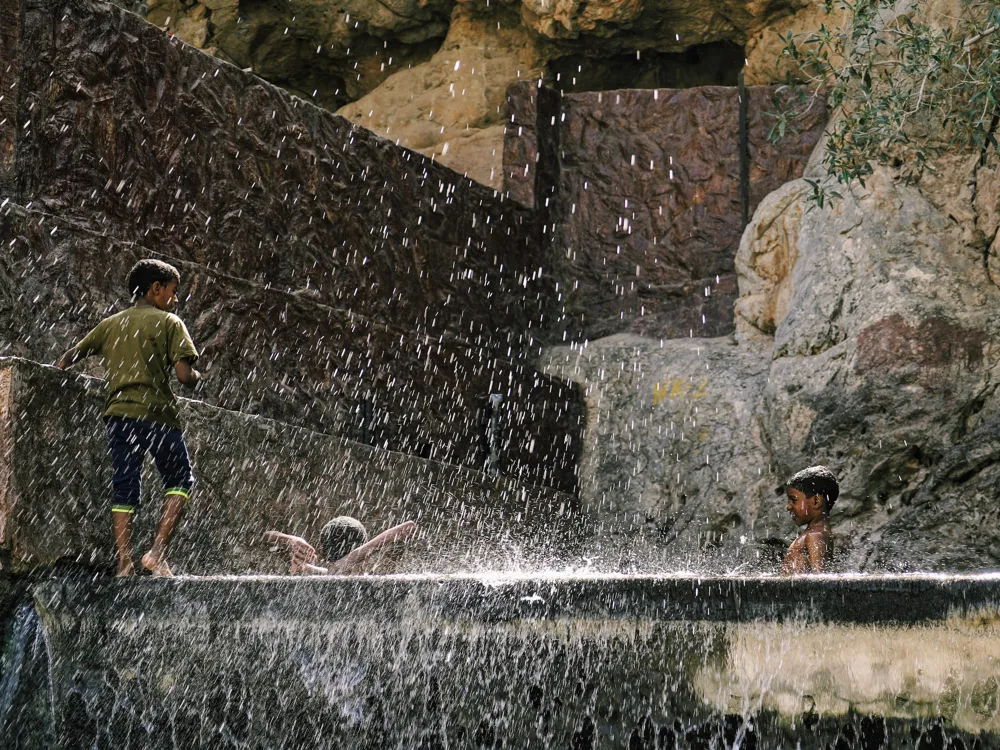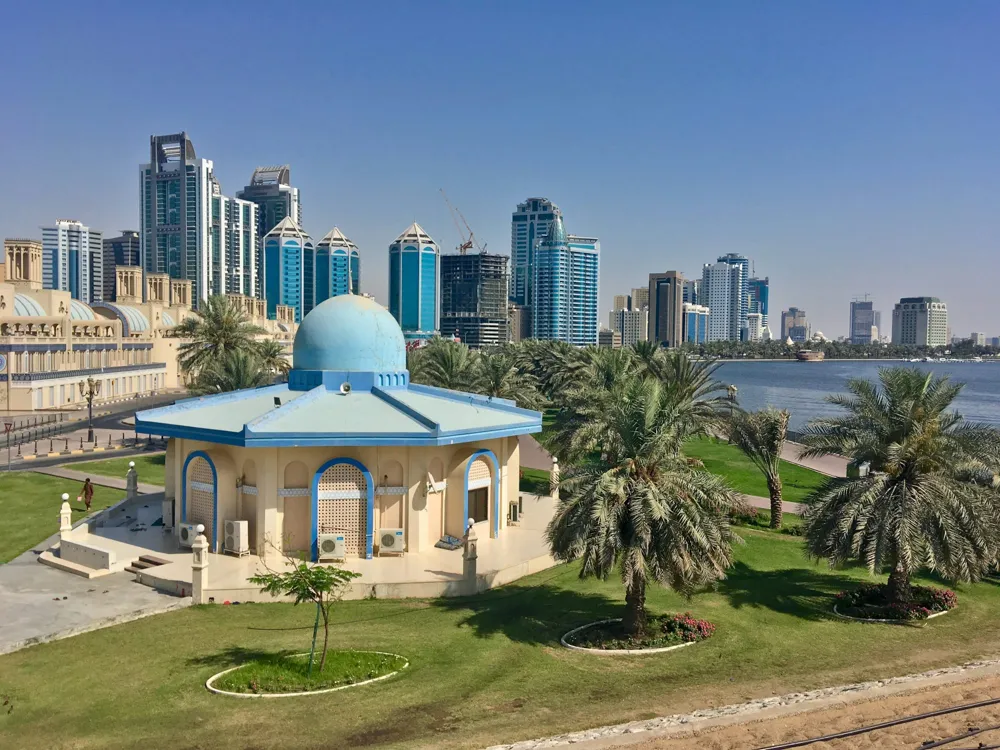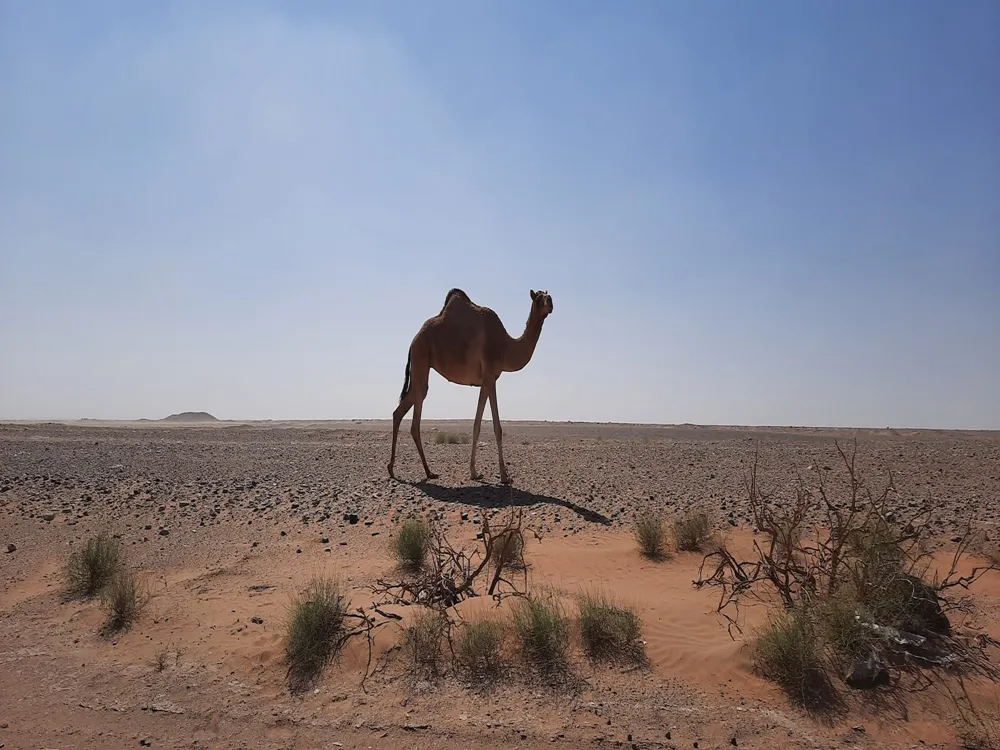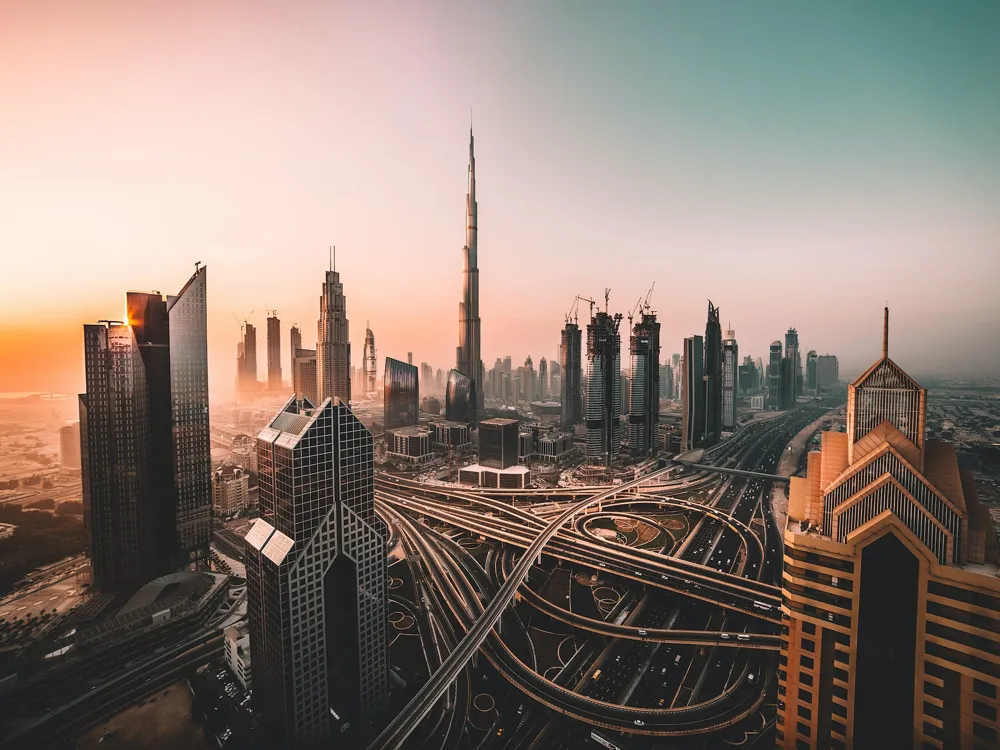The Grand Mosque Muscat, officially known as the Sultan Qaboos Grand Mosque, stands as a monumental piece of architecture and a symbol of spiritual significance in the heart of Muscat, Oman. Inaugurated in 2001 by Sultan Qaboos to mark his 30th year of reign, the mosque is not only a place of worship but also a beacon of knowledge and a masterpiece of Islamic architecture. Covering an expansive area, it accommodates up to 20,000 worshippers and features an array of artistic and architectural wonders. The mosque's design reflects a blend of Islamic architectural styles, borrowing elements from Egyptian, Persian, and other regional designs. The main prayer hall is an awe-inspiring space with its gigantic chandelier and the world's second-largest hand-woven carpet. The intricate Islamic art, calligraphy, and ornamentation adorning the mosque are not just visually appealing but also convey deep spiritual meanings. The mosque complex also includes a library, lecture halls, and beautifully landscaped gardens, making it a comprehensive cultural and religious site. The exterior of the Grand Mosque Muscat is a breathtaking showcase of Islamic architecture. The mosque features a blend of Omani and Islamic architectural styles, which are evident in its grand archways, towering minarets, and rhythmic geometric designs. The main minaret stands at 90 meters tall, dominating the Muscat skyline, and is accompanied by four flanking minarets, each 45 meters high. The exterior walls are constructed from 300,000 tonnes of Indian sandstone, lending the mosque a radiant, earthy appearance. The main prayer hall is the heart of the mosque, encapsulating a blend of tradition and modernity. It spans over 4,200 square meters and is adorned with the world’s second-largest handwoven carpet, which took 600 women four years to weave. The hall's ceiling holds a stunning 14-meter-tall chandelier, embellished with 600,000 Swarovski crystals and 24-carat gold plating, creating a celestial ambiance. The prayer hall also houses an exquisite Mihrab (prayer niche) made of intricately carved marble, pointing towards Mecca. The artistic elements of the Grand Mosque are a testament to Oman's rich cultural heritage and artistic prowess. The mosque is adorned with intricate Islamic calligraphy, geometric patterns, and a spectrum of vibrant colors. The walls and ceilings are embellished with beautiful mosaics, stained glass, and detailed woodwork. Each element within the mosque's architecture tells a story, representing the rich history and spiritual depth of Islamic art. The surrounding gardens and water features of the mosque add to its tranquility and aesthetic appeal. The landscaped gardens are meticulously maintained, featuring a variety of flora that complements the mosque's grandeur. Reflective pools and fountains surrounding the mosque create a serene atmosphere, inviting visitors to reflect and meditate. Visitors must adhere to a strict dress code. Men should wear long trousers and shirts with sleeves. Women are required to cover their hair, arms, and legs. Abayas (traditional robes) can be borrowed at the entrance if needed. The mosque is open to non-Muslims from Saturday to Thursday, 8:00 AM to 11:00 AM. It's closed to tourists on Fridays and during Islamic holidays. Visitors should maintain a respectful demeanor. Loud talking, eating, drinking, or smoking is not allowed inside the mosque. Photography is permitted but should be done respectfully and without disturbing worshippers. Free guided tours are available, offering insightful information about the mosque's architecture and Islamic culture. These tours are highly recommended for a comprehensive understanding of the mosque's significance. The Grand Mosque is located in the Bawshar area of Muscat and is easily accessible by various modes of transportation. Visitors can reach the mosque by taxi, bus, or personal vehicle. There is ample parking available for those driving. For those using public transport, several bus routes stop near the mosque. Additionally, many hotels in Muscat offer tour packages that include transportation to the mosque. Read More:Overview of Grand Mosque Muscat
Architecture of Grand Mosque Muscat
Exterior Design
Main Prayer Hall
Artistic Elements
Landscape and Gardens
Tips When Visiting Grand Mosque Muscat
Dress Code
Visiting Hours
Conduct Inside the Mosque
Guided Tours
How To Reach Grand Mosque Muscat
Grand Mosque Muscat
Muscat
₹ 49,000 onwards
View muscat Packages
Weather :
Label : Must Visit
Tags : Mosque
Timings : Muslims can usually visit throughout the day. Non-Muslims can visit from 8 AM -11 AM from Saturday to Thursday. The mosque is closed to Non-Muslim visitors on Fridays.
Time Required : 1-2 hours
Entry Fee : Free
Planning a Trip? Ask Your Question
Also Refered As:
Sultan Qaboos Grand Mosque
Muscat Travel Packages
View All Packages For Muscat
Top Hotel Collections for Muscat

Private Pool

Luxury Hotels

5-Star Hotels

Pet Friendly
Top Hotels Near Muscat
Other Top Ranking Places In Muscat
View All Places To Visit In muscat
View muscat Packages
Weather :
Label : Must Visit
Tags : Mosque
Timings : Muslims can usually visit throughout the day. Non-Muslims can visit from 8 AM -11 AM from Saturday to Thursday. The mosque is closed to Non-Muslim visitors on Fridays.
Time Required : 1-2 hours
Entry Fee : Free
Planning a Trip? Ask Your Question
Also Refered As:
Sultan Qaboos Grand Mosque
Muscat Travel Packages
View All Packages For Muscat
Top Hotel Collections for Muscat

Private Pool

Luxury Hotels

5-Star Hotels

Pet Friendly







